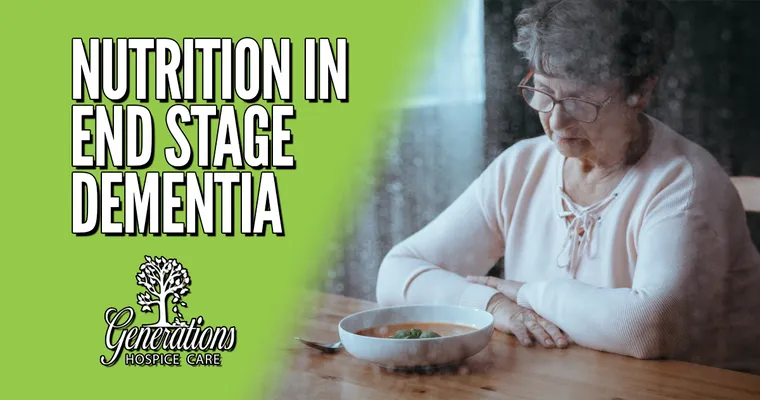As individuals approach the "end of life", managing "physical pain" becomes a critical concern for both patients and caregivers. Understanding effective strategies to alleviate discomfort can greatly enhance the quality of life during this challenging time. This article explores various methods and approaches to provide relief, ensuring that those nearing the end can experience more comfort and dignity.
One of the most effective ways to alleviate "physical pain" is through the use of "medications". Palliative care specialists often recommend a tailored approach that may include opioids, non-opioid analgesics, and adjuvant medications. Opioids, such as morphine and oxycodone, are commonly prescribed for severe pain. However, it is essential to consult with healthcare providers to determine the appropriate dosage and type of medication based on the patient’s specific needs and medical history.
In addition to medication, "non-pharmacological interventions" can play a significant role in pain management at the end of life. Techniques such as "massage therapy", "acupuncture", and "heat therapy" can provide relief and promote relaxation. Simple practices like gentle touch or the application of warm compresses can help soothe discomfort and enhance overall well-being.
Creating a supportive environment is also crucial for alleviating "physical pain". A calm and peaceful atmosphere can significantly impact a patient’s experience. Caregivers should consider factors such as lighting, noise levels, and even the arrangement of furniture to ensure comfort. Providing the patient with their favorite items, such as photographs or music, can also contribute to emotional well-being, which is closely linked to physical comfort.
Additionally, exploring "alternative therapies" can offer further relief. Techniques such as "aromatherapy" or "guided imagery" can help manage pain and reduce anxiety. Essential oils, like lavender and chamomile, have calming properties that may ease tension and promote relaxation. Engaging in gentle movements or stretches, as guided by a therapist, can also help alleviate stiffness and discomfort.
It is essential to involve the patient in their pain management plan actively. Open communication about their preferences and concerns about "physical pain" can empower them and improve their overall experience. Caregivers should encourage discussions about what methods have worked in the past and explore new options together.
Finally, seeking support from a "palliative care team" can provide invaluable resources for managing pain effectively. These specialized professionals are trained to address both the physical and emotional aspects of end-of-life care. They can offer guidance, education, and emotional support to ensure that patients and families feel empowered and informed in their decisions regarding pain management.
In conclusion, alleviating "physical pain" at the end of life requires a comprehensive approach that includes medications, non-pharmacological interventions, a supportive environment, and open communication. By employing these strategies, caregivers can help improve the quality of life for their loved ones, ensuring that their final days are as comfortable and dignified as possible.





